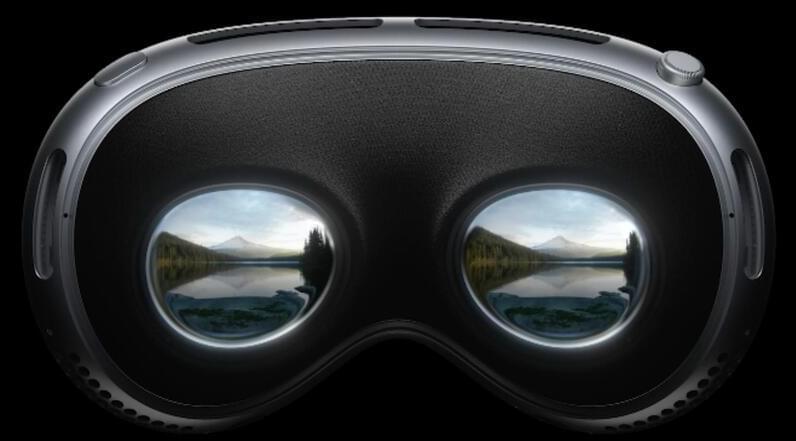Scientists are looking for new ways to recycle plastic in an endless loop, so it never becomes waste. Now, revolutionary technology is advancing the movement.


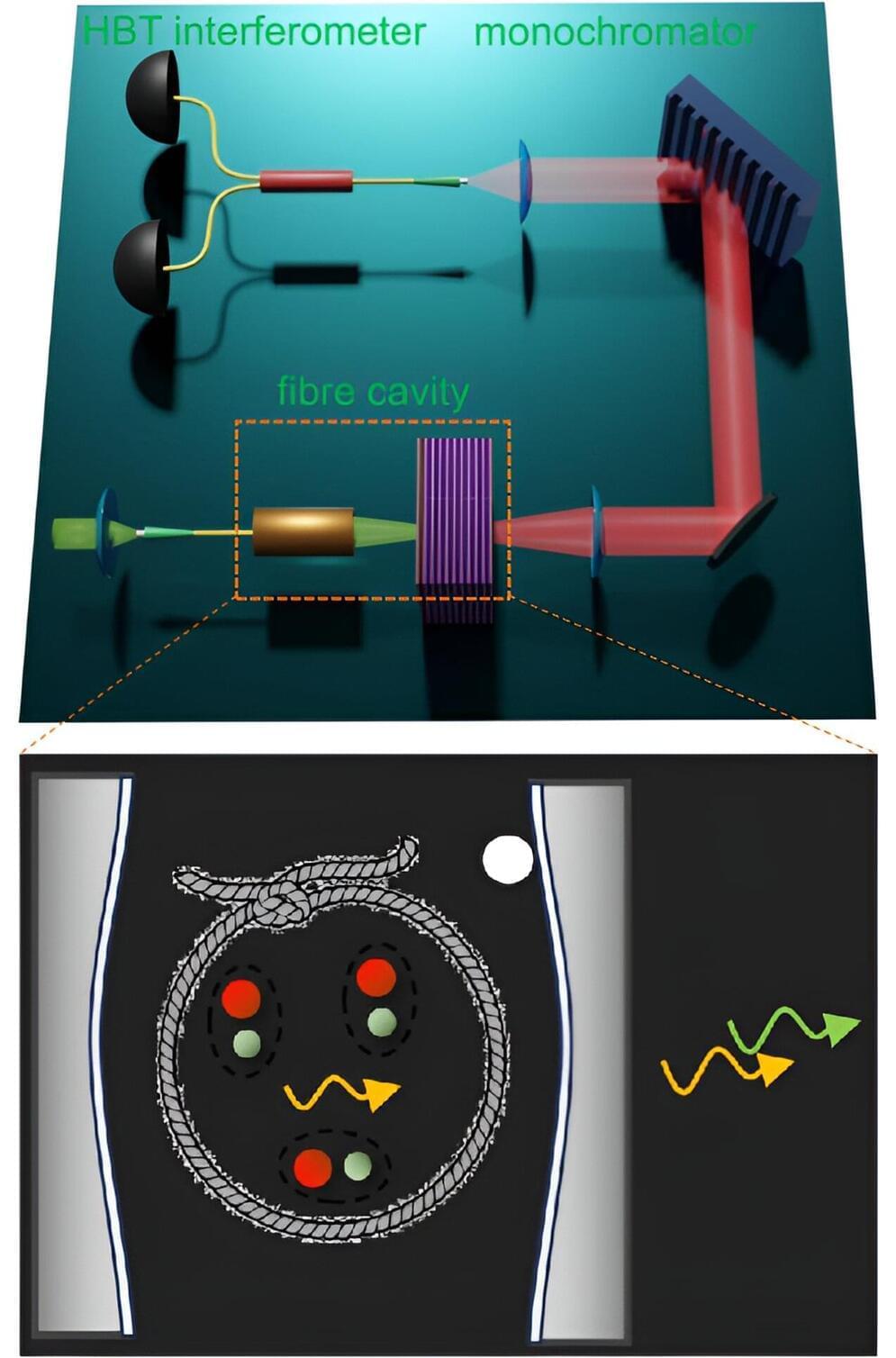
An international collaboration, led by Macquarie University scientists, has introduced a new quantum optics technique that can provide unprecedented access to the fundamental properties of light-matter interactions in semiconductors.
The research, published Jan. 15 in the journal Nature Physics, uses a novel spectroscopic technique to explore interactions between photons and electrons at the quantum scale.
Professor Thomas Volz, co-author of the study and research group leader at Macquarie University’s School of Mathematical and Physical Sciences, says the work has the potential to drive a breakthrough in the global quest for accessible quantum photonic technologies.
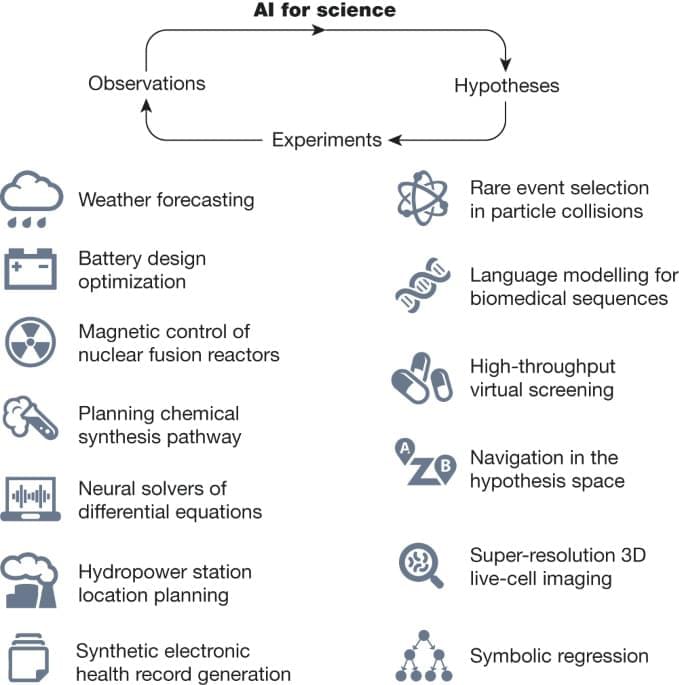
The transformative impact of #AI on #scientific #discovery, showcasing #Breakthroughs and advancements that have the potential to reshape the way #research is conducted.
The advances in artificial intelligence over the past decade are examined, with a discussion on how artificial intelligence systems can aid the scientific process and the central issues that remain despite advances.
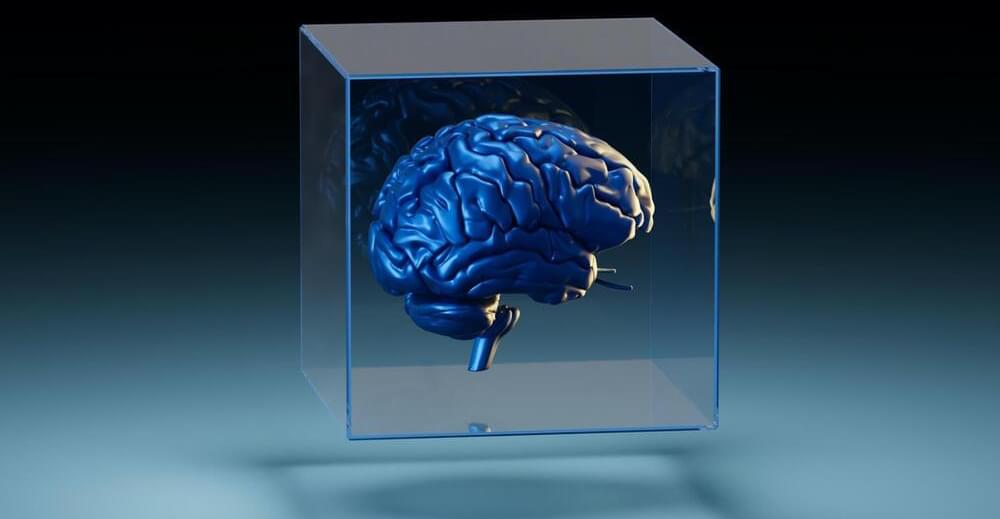

Innovative! Drought resistant and doesn’t need a lot of fertilizer. And it smells like bread. Especially good for Africa which was mentioned.
This fruit curiously smells like baking bread and tastes like potatoes – and it might also provide a means to help feed communities amid drought and famine.
Breadfruit, despite its name, is not made of bread. It’s a tall tree native to islands in the Pacific that produces a starchy fruit, similar to a jackfruit.
Researchers at Northwestern University have been studying breadfruit because they believe it could help feed the world as our more vulnerable crops are plunged into jeopardy due to rising global temperatures.


A new study suggests different species may rely on a shared principle for neural network formation.
In all species, brain function relies on an intricate network of connections that allows neurons to send information back and forth between one another, commanding thought and physical activity. But within those networks a small number of neurons share much stronger connections to one another than all the others. These abnormally strong connections—known as “heavy tailed” based on the shape of their distribution—are thought to play an outsized role in brain function.
Research on Neural Network Connections.

The system combines trajectory optimization and enhanced reinforcement learning to improve how ANYmal chooses its leg positions and footholds.
In the field of robotics, the development of legged robots stands as a formidable challenge. The dynamic and agile movements observed in animals prove difficult to replicate through conventional human-made methods.
Researchers at ETH Zurich have now used an innovative control framework that has helped an autonomous robot, ANYmal, to traverse challenging terrains seamlessly.
Negotiating surfaces ranging from staircases to foam blocks and rugged terrain, this robotic quadruped demonstrates a newfound agility and adaptability, showcasing the effectiveness of its upgraded control system.
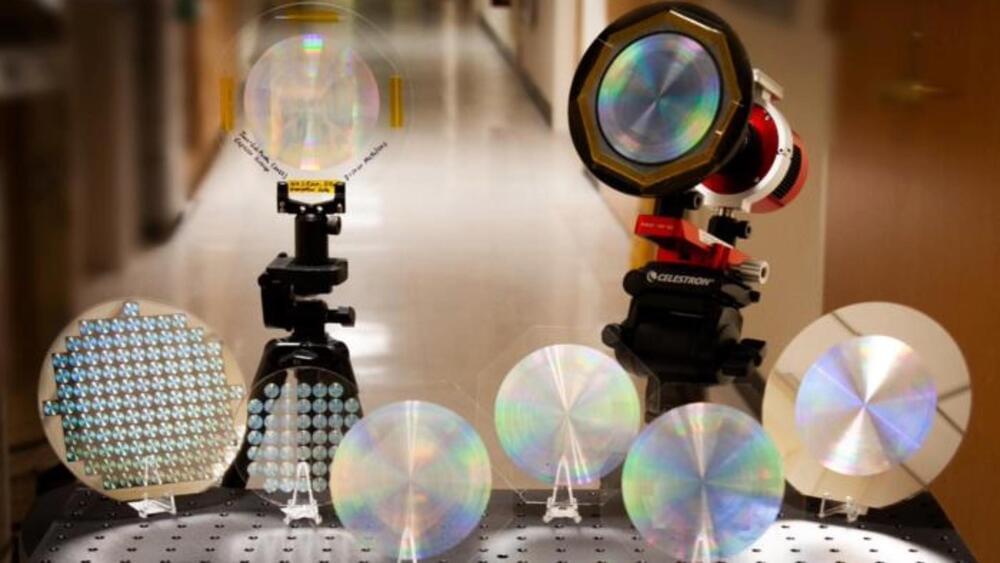
10 Centimeter Diameter metalens for astronomy.
A newly-developed “metalens” has showcased promise in capturing high-resolution images of celestial bodies like our Sun, Moon, and even some distant objects.
The Harvard John A. Paulson School of Engineering and Applied Sciences (SEAS) created the first all-glass metalens, which has a diameter of only 10 cm.
With the rising interest in capturing images of celestial objects, the innovative metalens might be a game changer in the development of next-generation optics for telescopes.
